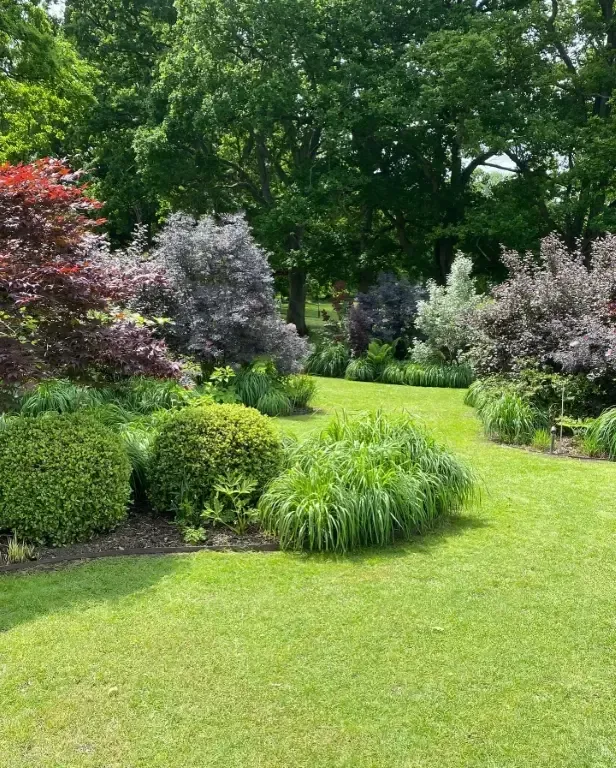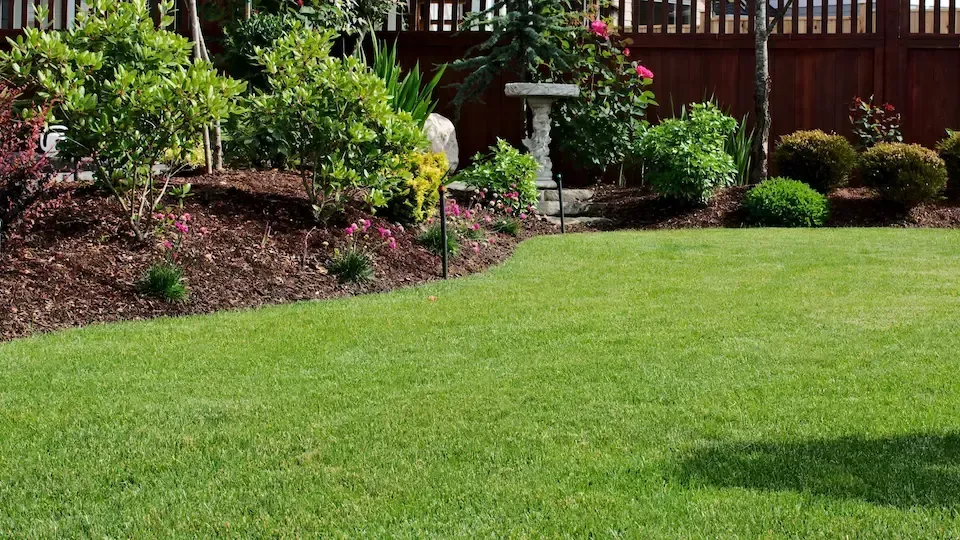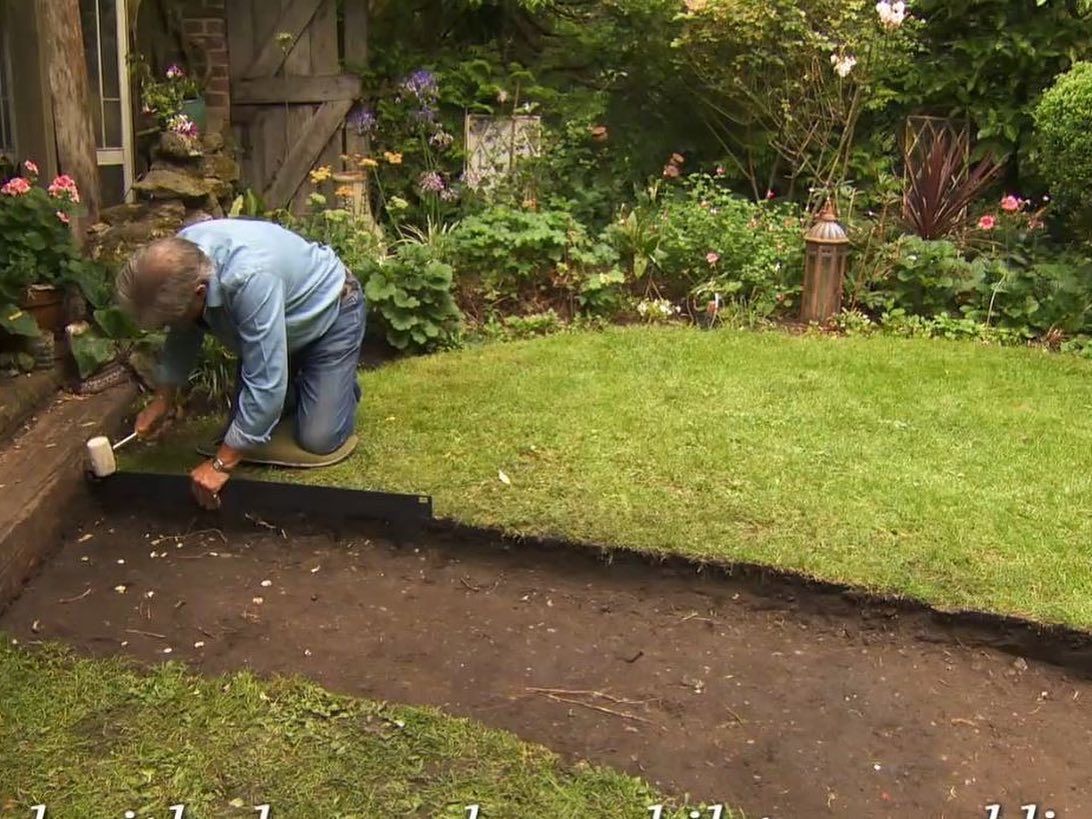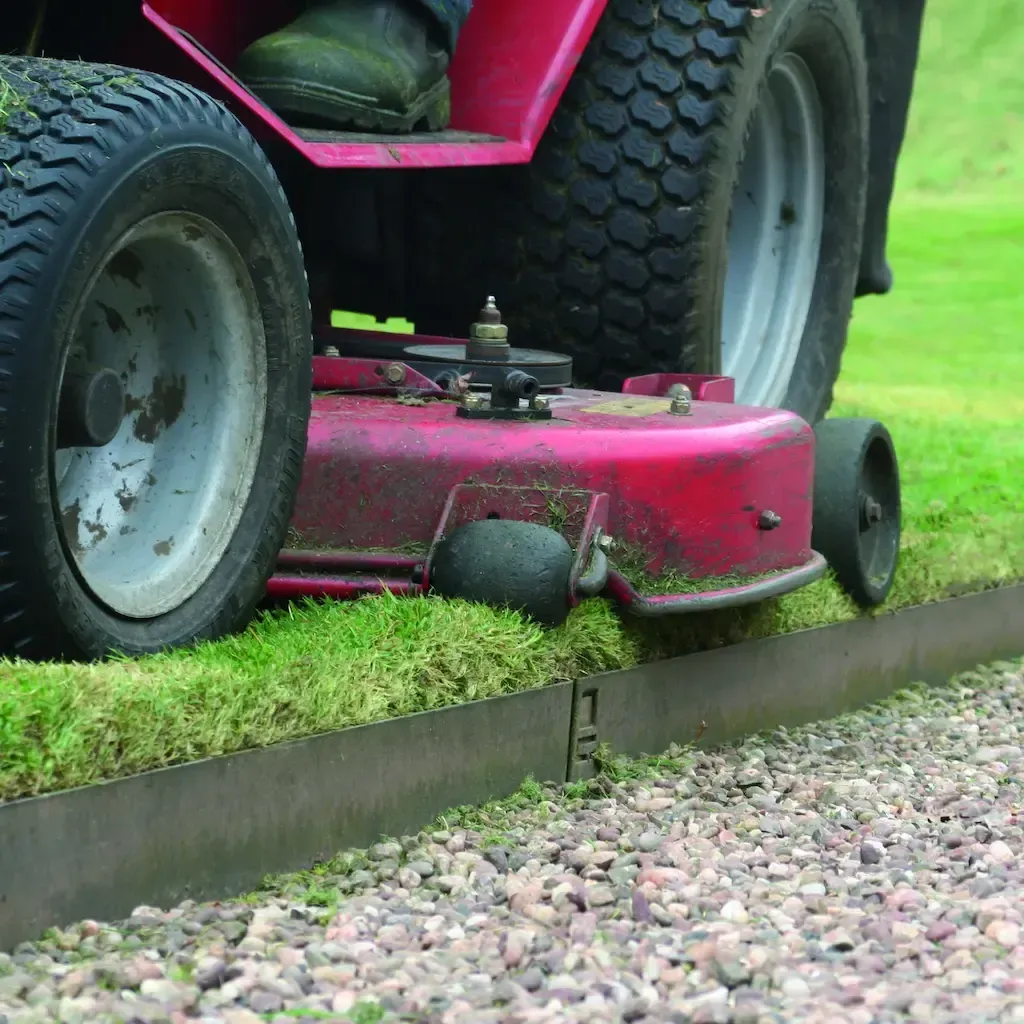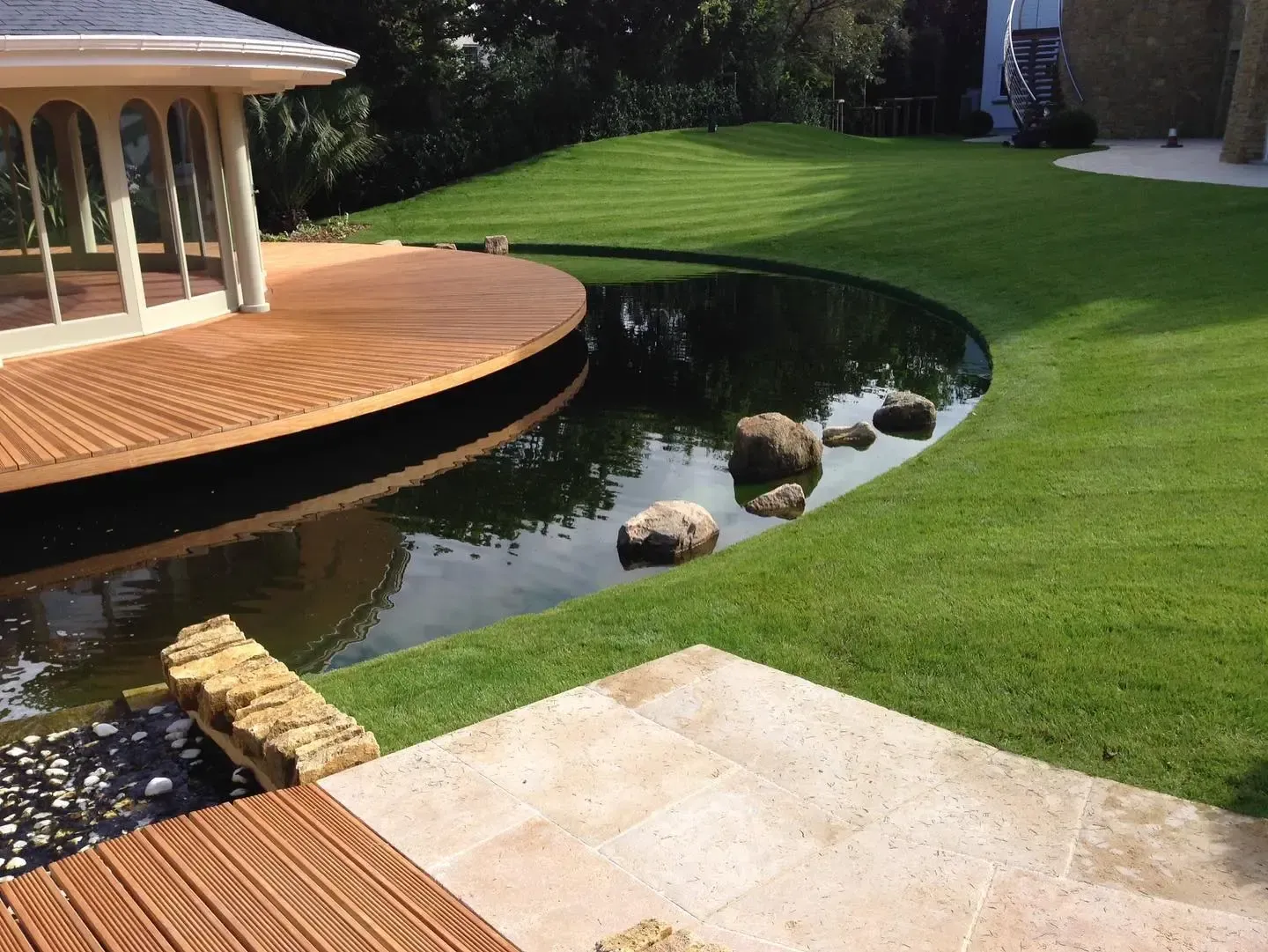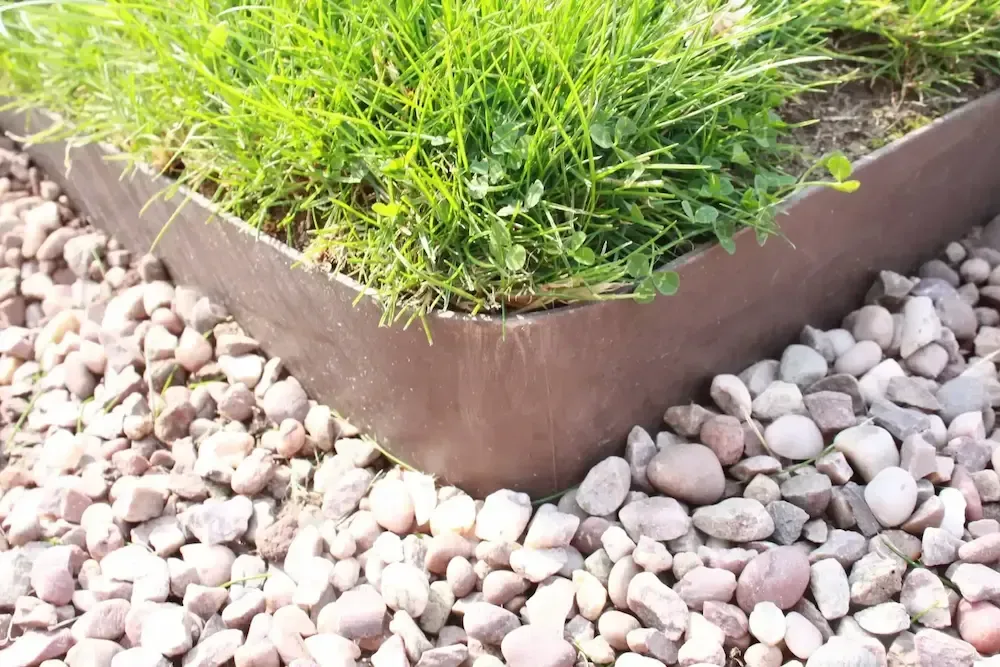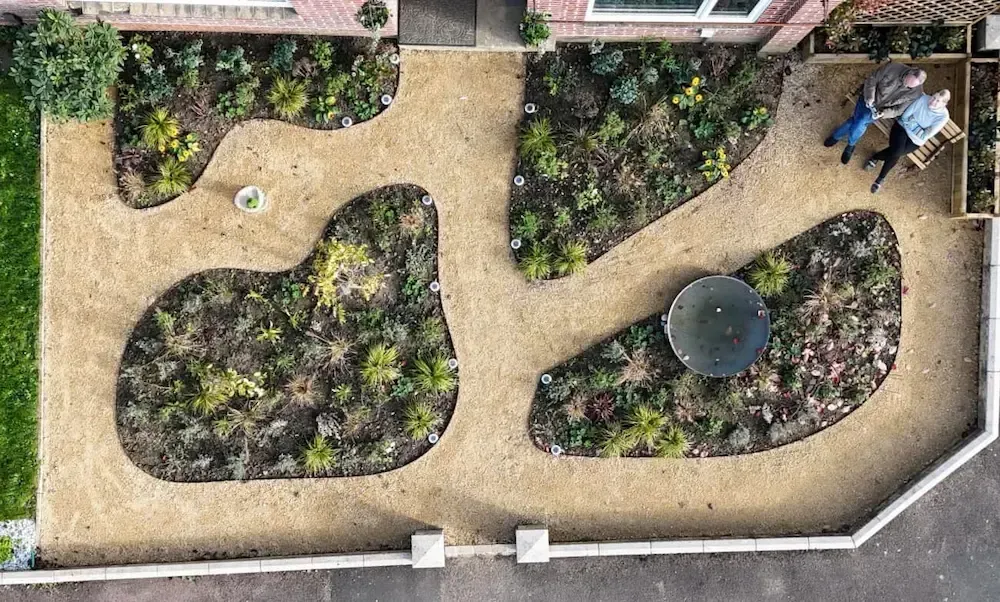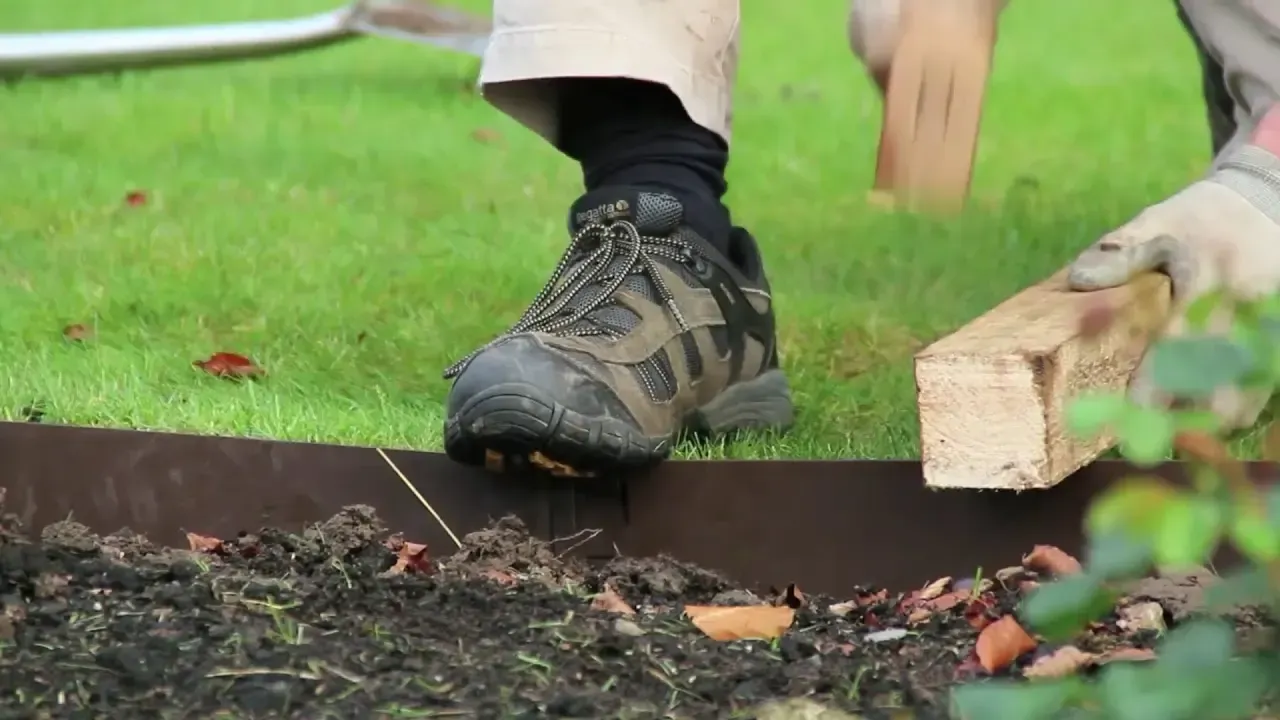From messy to manicured: how to use edging to transform your garden
Creating definition between a lawn and garden beds is one of those seemingly small details that makes an enormous difference to the overall aesthetic of an outdoor space. A well-defined edge transforms a garden from casual to sophisticated, providing clean lines that elevate planting schemes while making maintenance significantly easier.
Why garden edges matter
Garden edges create visual boundaries that guide the eye and bring structure to your landscape. Beyond aesthetics, quality garden edging prevents grass from encroaching into beds, keeps mulch and soil in place, and simplifies mowing. Without proper landscape edging, gardens can quickly develop that dreaded unruly and unkempt look that requires constant attention.
Material matters: the case for steel
There are many edging options, from traditional brick to temporary plastic, but steel landscape edging stands in a class of its own for durability and clean definition. Unlike wooden edges that rot or concrete that cracks, metal landscape edging provides a permanent solution that ages beautifully.
EverEdge steel garden edging offers the perfect combination of flexibility and strength. Whether you're creating straight formal lines or gentle curves, steel edging maintains its shape year after year, withstanding seasonal shifts and gardening activities. For contemporary gardens, Corten steel edging brings an added dimension with its rich, rust-coloured patina that develops naturally over time.
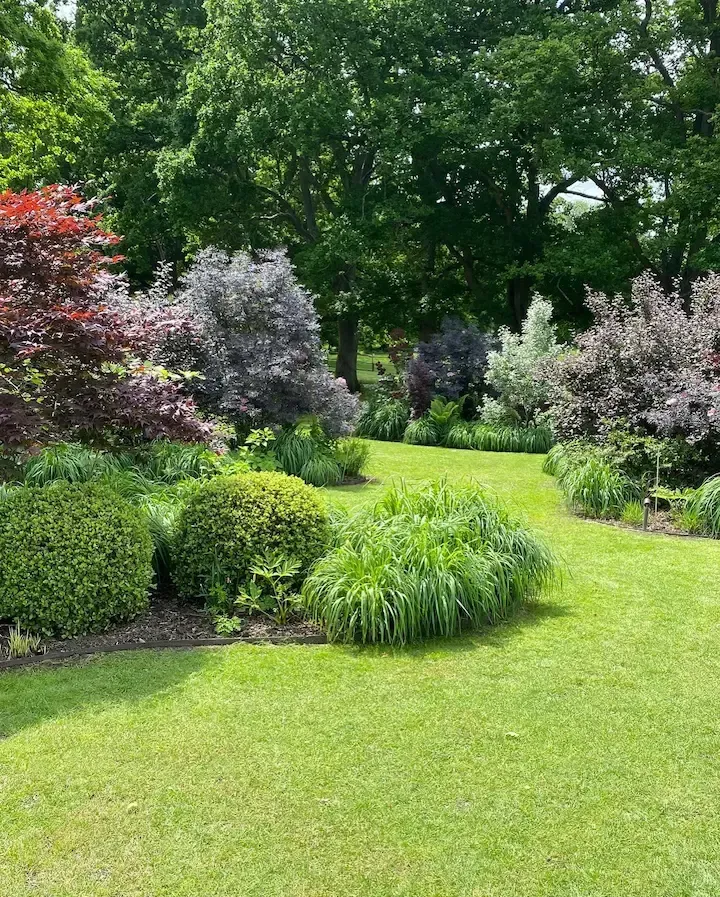
Installation considerations: soil placement
When installing your garden edging, you'll need to decide whether soil should bank in front of or behind your edging. This decision affects both appearance and functionality:
Soil behind the edging: think of edging that looks like it is containing flower beds. This approach creates a clean, defined edge with the metal fully visible. It's ideal for formal gardens and modern landscapes where the edging itself becomes a design feature. Think of the edging containing flower beds.
Soil banked against the edging: this is primarily when garden edging is used to define a lawn, so the grass meets the top of your edging, and you create a more subtle transition. The edging remains mostly hidden but still performs its crucial function of soil retention. This method works particularly well where you want structural support without visual interruption.
Beyond a basic garden edge
Modern garden edging products offer solutions for every landscape challenge. EverEdge's steel edging range offers diverse functionality:
· Raised beds with integrated edging.
· Gentle slopes requiring stepped edging.
· Metal tree ring edging that keeps mulch contained while allowing water penetration.
· Path edging that separates gravel from lawn.
· Garden edging to define a driveway.
· Improves garden drainage.
The garden edging investment that pays dividends
While temporary edging solutions might seem economical, they require frequent replacement and adjustment. Professional-grade steel landscape edging from EverEdge represents a one-time investment that continues delivering value long after installation.
Garden edging products from NZ-trusted suppliers like EverEdge eliminate the frustration of constantly redefining borders. Instead of spending each spring re-cutting edges or replacing failed materials, you can focus on the enjoyable aspects of gardening – planting and nurturing flowers and plants, and enjoying your outdoor space.
For garden enthusiasts seeking that perfect balance between natural beauty and refined structure, quality metal landscape edging provides the framework upon which great gardens are built. When spring reveals your garden edges still perfectly in place, you'll understand why professional gardeners consistently choose steel edging as their border material of choice. If you have a project in mind and would like advice on how to best use EverEdge steel garden edging, call on 021 925 389 or email simon@everedgenz.co.nz .


